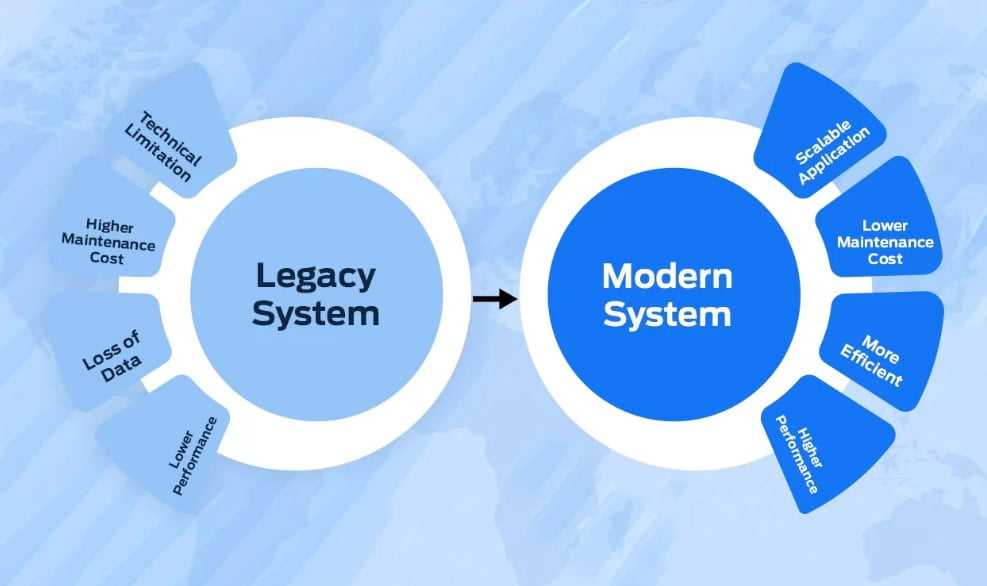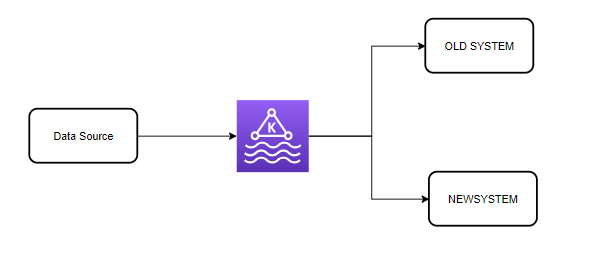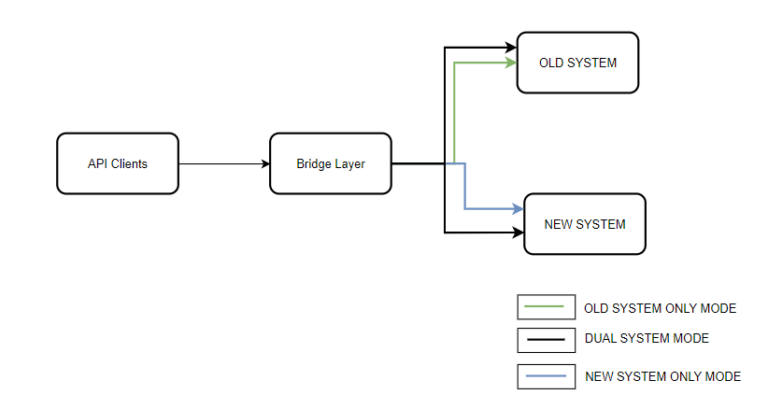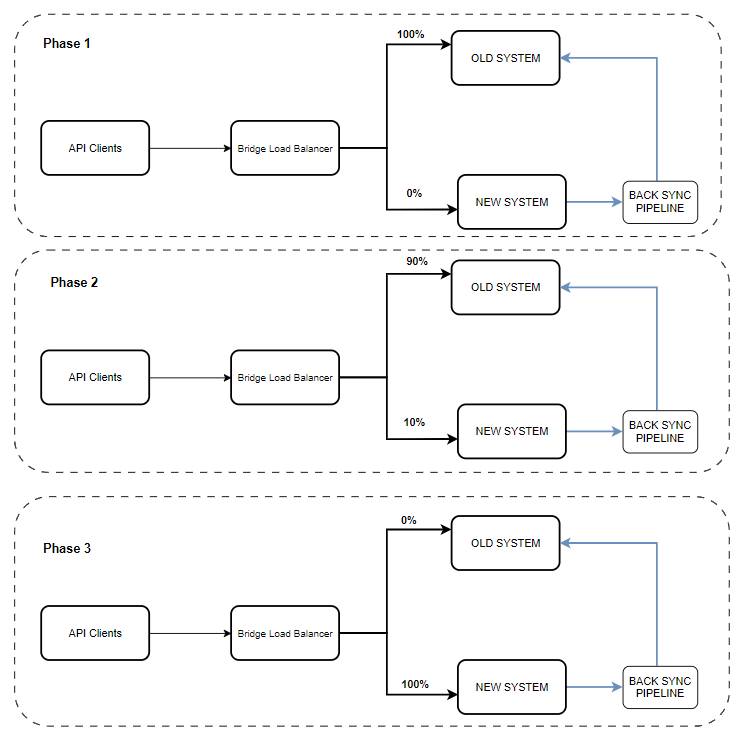In the ever-evolving world of technology, system modernization is an inevitable task that engineers must undertake to ensure their systems remain relevant and efficient. However, the process of swapping an existing system with a new one can be overwhelming, especially without a clear roadmap. This article serves as a blueprint for a seamless transition, outlining critical steps and considerations to guide you through the process.

Setting Up an Isolated Environment
When it comes to tech modernization, setting up a new system in an isolated environment is a practical and efficient first step. This environment, detached from your main operational network, allows for comprehensive testing of the new system.
During this phase, it’s crucial to perform load testing. Load testing involves pushing your system to its limits to assess its performance under peak loads. The aim is to understand the maximum capacity of the system and identify any bottlenecks or weaknesses that could lead to failure.
When carrying out load testing, use expected numbers that mirror real-life usage scenarios as closely as possible. If the system breaks under these circumstances, adjustments can be made in a controlled setting. This approach ensures that when traffic is eventually routed into the system during live operations, it is resilient and ready.
Identifying Sync and Async Flows
Next, we delve into the more technical aspects of the transition. It’s essential to identify synchronous (sync) and asynchronous (async) flows in your current system. Sync flows involve operations where the system waits for a response before proceeding, while async flows are operations that happen concurrently.
Once you’ve mapped out these flows, you might realize the new system doesn’t work with the existing contract of the old system. In this case, you’ll need to create adapter services. These are essentially interfaces that allow two components with incompatible interfaces to work together. Adapter services will enable the new system to function with the old system’s contract, easing the transition process.
Enabling Async Pipelines
The next phase involves enabling async pipelines in the new system. Async pipelines are a series of async operations executed in order. This step is crucial as it allows the new system to receive async updates, which are essential for maintaining real-time data accuracy.
Enabling async pipelines can be a complex process, and it might require additional resources such as message queues or background processing services to handle the concurrent operations. It’s crucial to consider the scalability and the responsiveness of the system when enabling these pipelines.

Creating a Bridge Layer
Creating a bridge layer involves creating a software layer that can communicate with both the old and new systems simultaneously. This layer acts as a mediator, forwarding requests to both systems but only considering the response from the old system. This is a crucial step as it allows for API requests to be enabled in the new system without affecting the operation of the old system. Any discrepancies in the responses of the two systems can be logged and analyzed to identify the areas that need improvement.

Monitoring and Alerts
Setting up a comprehensive monitoring dashboard and alert system is critical for keeping a check on the performance of the new system. This dashboard should have panels to monitor the request success/failure rate, response time of each sync service and Kafka lag for async services including producer and consumer throughput. It should also have panels to check the database health and resources. In case any service in the new system is not working as expected, the alert system should notify the concerned team immediately for swift resolution. Regular audits of these metrics can help in identifying bottlenecks and optimizing performance.

Data Boot Strapping
Data boot strapping is a process to populate the new system with all the data that exists in the old system. This is vital to ensure that the new system is ready for operation once the switch is made. This process can be time-consuming and may require significant resources depending on the volume of data. However, it ensures a seamless transition between the two systems and allows for immediate operation of the new system post-transition.
Accuracy Analytics Scripting
Accuracy analytics scripting involves writing scripts that compare the data between the old and new systems to ensure accuracy. These scripts can be run continuously as the data streams in from sync and async flows, allowing for real-time comparison. Any discrepancies identified can be logged and analyzed to correct any issues in the new system. The monitoring dashboard can also be used to understand the nature and frequency of these failures to further refine the system.
Resolving and Fixing Issues
Post analysis, it is common to identify a number of issues with the new system. These issues could range from minor bugs to major system errors. It’s important to resolve these issues and fix them to ensure the stability of the new system. This could include several rounds of debugging, retesting, and recoding. Make sure to document all issues and their solutions for future reference. If a similar issue arises in the future, this documentation will be invaluable for rapid response and resolution.
Creating a Backup Sync Pipeline
A backup sync pipeline is a way of keeping the old and new systems synchronized. It’s created after the new system starts functioning and receiving requests. This pipeline continuously updates the old system with changes made in the new one. This is crucial because, in the event of any catastrophic failure in the new system, a rollback can be performed to the old system, minimizing downtime and business interruption.

Traffic Leakage
Traffic leakage is the process of gradually shifting workload from the old system to the new one. Initially, only a small percentage of traffic is directed to the new system. Over time, as confidence in the new system increases, the percentage of traffic it handles is increased. Eventually, 100% of the traffic is shifted to the new system. This approach allows for real-world testing of the new system while minimizing risk.

Training and Support
Training is a key component of system migration. The team should be equipped with the knowledge and skills necessary to operate and maintain the new system effectively. This could involve conducting training sessions or workshops, providing comprehensive documentation, or even bringing in external specialists for training. Additionally, consider setting up a support system where team members can report issues or ask questions about the new system. This will not only help with the immediate transition but will also ensure the team is prepared for future updates or changes..
Post Migration Review
Once the migration is complete, a thorough review should be conducted to identify any issues that may not have been evident during the testing phase. This should involve checking the system’s functionality, security, and performance. This review can also help identify areas for improvement in future migrations, such as gaps in the training program, communication issues, or inefficiencies in the migration process. Document the findings and recommendations from this review for future reference.
Continuous Monitoring
After the migration, continuous monitoring of the new system is crucial. This involves routinely checking system performance, security, and functionality to detect any anomalies or issues early. Use automated monitoring tools where possible to ensure consistent and accurate monitoring. Regular system audits can also be beneficial to identify potential problems or areas for improvement.
Regular Updates and Maintenance
Even after successful migration and monitoring, regular system updates and maintenance are necessary to keep the system secure and efficient. This may involve patching vulnerabilities, updating system components, or improving system performance based on feedback and monitoring data. Regular maintenance helps ensure the longevity and reliability of the new system
In conclusion, every tech modernization process is unique and may require a different approach depending on the specifics of the project. However, these steps provide a comprehensive, adaptable blueprint that can guide you through a successful system migration. With careful planning, thorough testing, and continuous monitoring, you can ensure a smooth transition and a reliable, efficient new system.